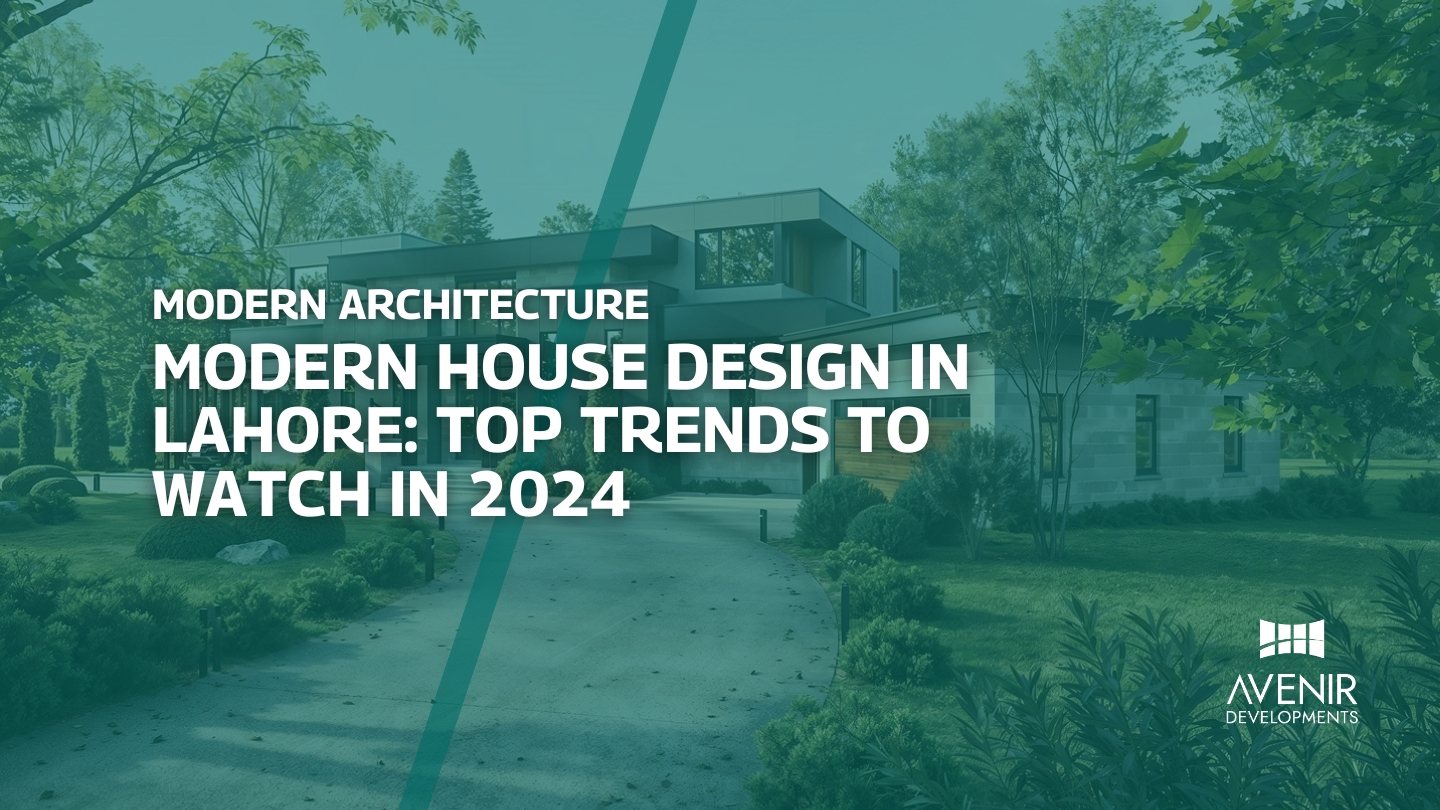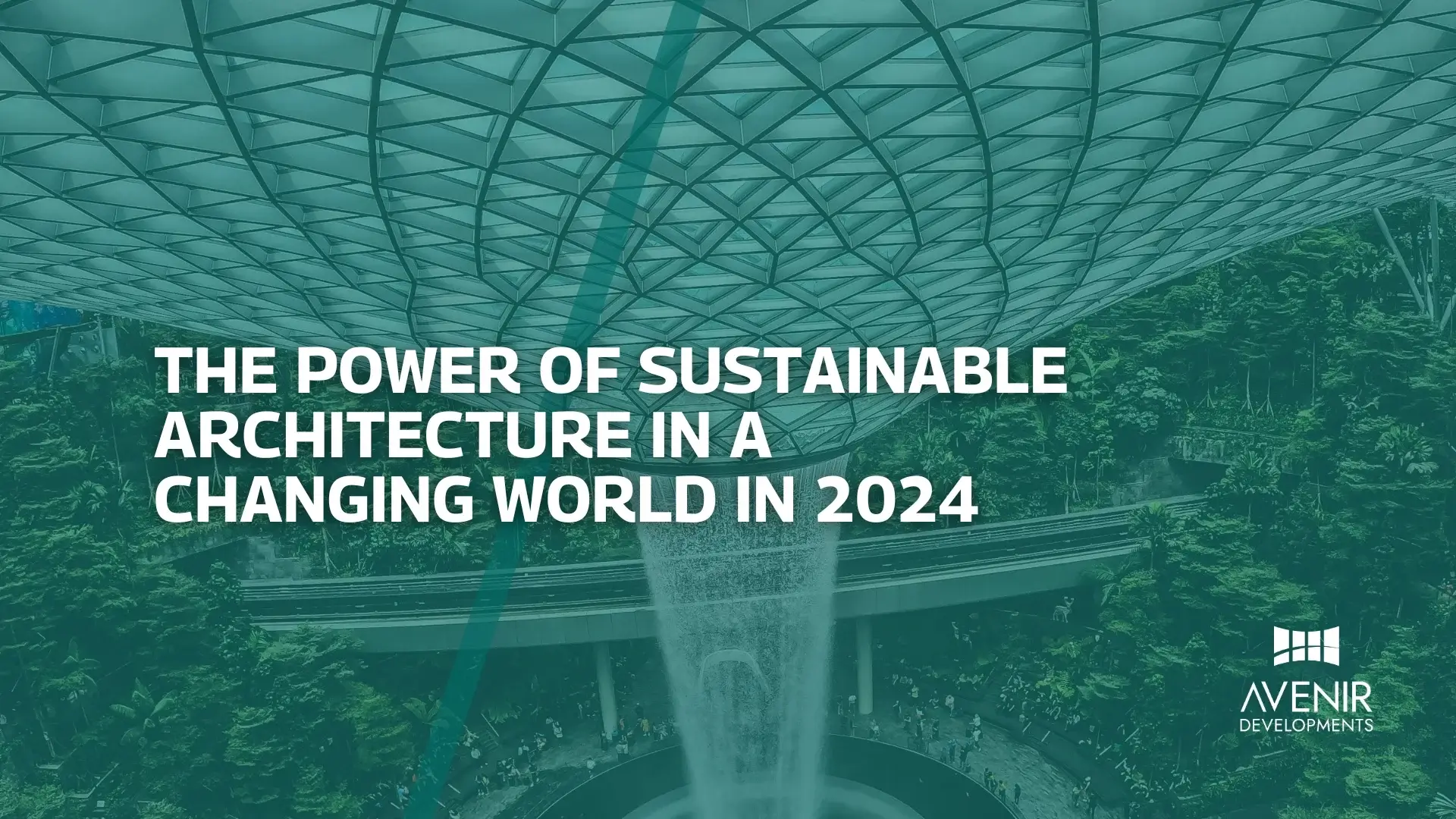Commercial viability in real estate is an essential aspect of architecture, as it ensures that a building can be financially successful and sustain itself over time. This means that architects and developers must carefully consider the economic and market factors that will affect a building’s profitability, and design and build accordingly.
Market Analysis
The first step in ensuring commercial viability is to conduct a thorough market analysis. This includes understanding the local real estate market, identifying potential tenants, and determining the demand for different types of commercial spaces. By understanding the market, architects and developers can design buildings that will meet the needs of potential tenants, and that are likely to be in high demand.
Flexibility & Adaptability
Another important aspect of commercial viability is designing buildings that are flexible and adaptable to changing market conditions. This means that architects and developers must design buildings that can be easily adapted to different types of commercial uses, such as retail, office, or residential spaces. By designing buildings that are flexible, architects and developers can ensure that they will remain relevant and in demand even as the market changes over time.
Energy Efficiency
Designing buildings that are energy-efficient and sustainable is another important aspect of commercial viability. With energy costs on the rise, it is essential to design buildings that use less energy and have a smaller environmental footprint. This can be achieved through the use of green building materials, energy-efficient appliances and systems, and smart building design that maximizes natural light and ventilation. By designing buildings that are energy-efficient, architects and developers can help to reduce operating costs and increase the profitability of their buildings.
Aesthetics
In addition to these functional considerations, architects and designers must also consider the aesthetic and social aspects of commercial real estate architecture. This includes creating buildings that are visually appealing and that fit in with the surrounding community. Architects must also consider the social needs of tenants, such as the need for common spaces and community amenities, and the desire for privacy and individual expression.
Operations & Maintenance
Another important aspect of commercial viability is designing buildings that are easy to maintain and have a long lifespan. This includes using durable materials and designing buildings that are easy to service and repair. This can help to reduce the long-term costs of the building and ensure that it will continue to be a valuable asset for the community for many years to come.
Location
Finally, it is important to note that commercial viability also includes the location of the building. A good location can drive the commercial viability of a building, as it can attract more tenants and increase the value of the building.
In conclusion, commercial viability is an essential aspect of real estate architecture. To ensure that a building is financially successful and sustainable over time, architects and developers must conduct a thorough market analysis, design buildings that are flexible and adaptable, energy-efficient, visually appealing and easy to maintain, and located in a prime location. By taking these factors into consideration, architects and developers can create buildings that will be in high demand and will continue to generate revenue for many years to come.
Contact Avenir Developments today on WhatsApp or Call +923001101103 to discuss your design needs and embark on a journey of creating a space that reflects your unique style and enhances your life.






